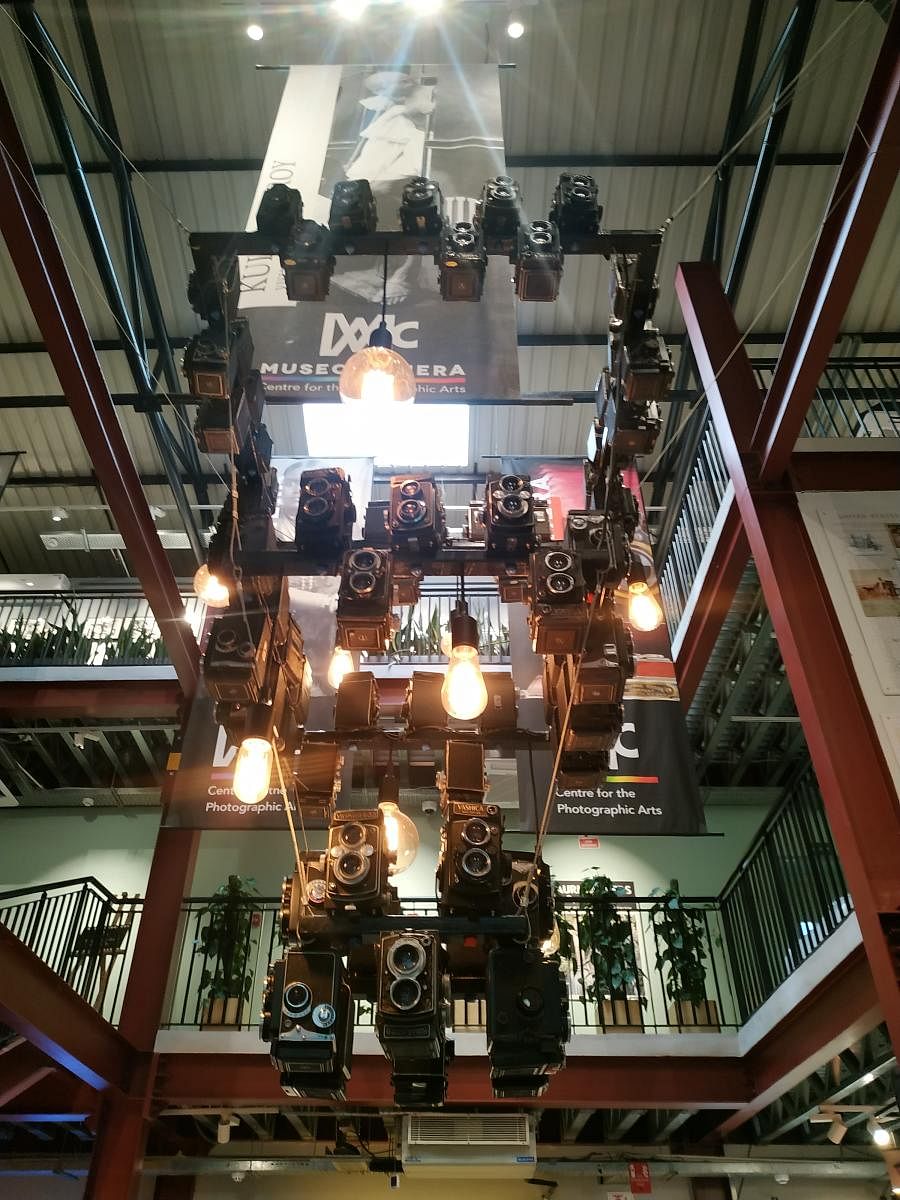A click-worthy, visual treat @ Museo Camera
A labour of love of Aditya Arya, the Museo Camera in Gurugram is the largest not-for-profit crowdfunded photography museum in South-East Asia and no wonder a big draw with photography aficionados and enthusiasts alike, writes Kavita Kanan Chandra

